Cat Tree Essentials: A Comprehensive Guide
For pet owners and feline enthusiasts, a cat tree is more than just a piece of pet furniture; it's a crucial element for the well-being and development of their furry companions. These multi-level structures offer cats a dedicated space to play, rest, and satisfy their instinctual need to climb and scratch. Understanding the various types, materials, and features of cat trees can significantly enhance the life of domestic cats.
Types and Designs of Cat Trees
Cat trees come in an array of designs to cater to different spaces and feline preferences. From compact models suitable for small apartments to expansive units that provide a full playground for multiple cats, there is a vast selection to consider. Some models integrate cat scratching posts, which are wrapped in sisal or carpet, providing a durable surface for cats to maintain their claws. Others may include hanging toys, perches, and even enclosed condos, offering a private retreat for shy cats.
Materials and Construction
The construction of a cat tree is vital for its durability and the safety of pets. Materials range from solid wood, which offers stability and longevity, to engineered wood products like particleboard, which provide a balance between durability and cost-effectiveness. The outer materials often include plush fabric for comfort and sisal rope for scratching surfaces. When selecting a cat climbing tree, it's important to consider the robustness of the materials to ensure it can withstand the playful antics of cats.
Features and Advantages
Modern cat trees are designed with a variety of features that cater to the natural behaviors of cats. Elevated platforms allow for a better view, satisfying a cat's need for a vantage point. Some cat trees also incorporate interactive elements such as cat toys and puzzles that can aid in keeping cats engaged and mentally stimulated. The benefits of these features include promoting physical activity, reducing potential behavioral issues, and providing a dedicated area for scratching, which can help protect household furniture.
Choosing the Right Cat Tree
Selecting the appropriate cat tree requires consideration of the cat's size, activity level, and the available space within the home. For households with multiple cats, larger structures with multiple perches and cat condos can prevent territorial disputes. For active cats, a tree with various levels and hanging toys can provide ample stimulation. It's also essential to consider the ease of cleaning the cat tree to maintain a hygienic environment for both the pet and the home.
Environmental and Safety Considerations
When it comes to the environment and safety, it's crucial to choose cat trees that are made with non-toxic materials. Look for products that have been tested for stability to prevent tipping over, which is especially important for energetic or large cats. The inclusion of anti-topple devices and the use of sustainable materials are additional factors that can contribute to the overall safety and environmental impact of the cat furniture.
In conclusion, a cat tree is an indispensable item for any cat owner, providing a multifunctional space for play, exercise, and relaxation. By considering the types, materials, features, and safety aspects, buyers can make an informed decision to meet the needs of their feline friends.
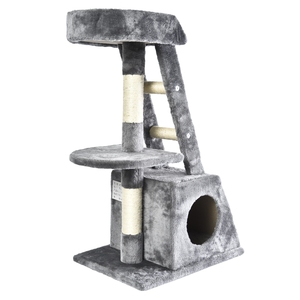

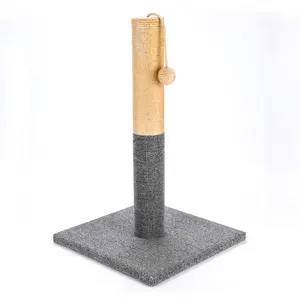

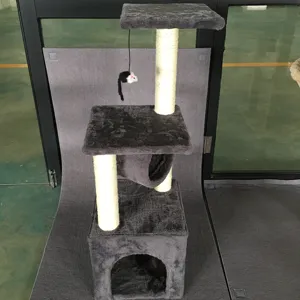

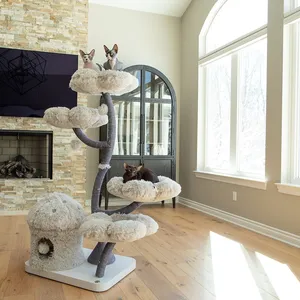





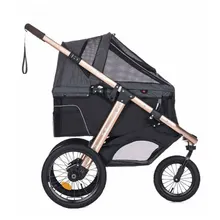





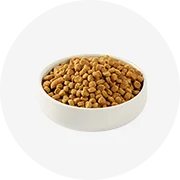
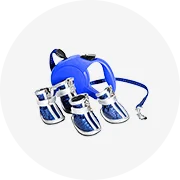








 浙公网安备 33010002000092号
浙公网安备 33010002000092号 浙B2-20120091-4
浙B2-20120091-4